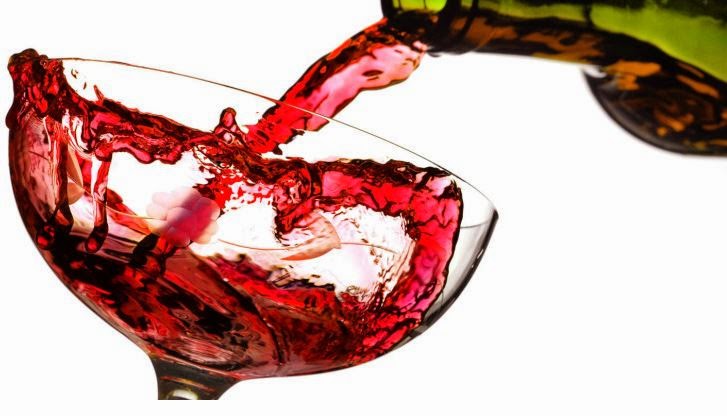Avoid These 7 Restaurant Ripoffs
When it comes to restaurant food, cost and value aren't
necessarily the same. A $24 steak aged for weeks may be the better, penny-wise
choice than the $6 spring greens salad poured from a bag and dressed up with a
few walnuts and raisins.
That's because restaurant value is commonly defined as the
cost of ingredients plus the skill needed to prepare the dish. The most
value-packed dishes are ones that use expensive and unusual ingredients
prepared in time-consuming ways. A dish you can easily throw together yourself
from items found at any market is a pound-foolish choice at a restaurant.
Of course, dining out isn't just about getting your money's
worth. Ambiance, company and not having to scrub pans yourself are worth
something. But you can get all that, and get the most for your money, if you
avoid these low-value choices.
1. Non-alcoholic beverages
Even with endless soda refills, you're paying $2 to $3 for
tap water, carbon dioxide and flavoring that cost the restaurant pennies to
spritz into a glass. A single tea bag might cost 10 cents, though the
restaurant will charge you $3 to plop it into a mug of hot water. If you want
value, ask for a cup of hot water and lemon, which is free at most restaurants.
2. Salad
No matter how you slice it, a wedge of iceberg with a dollop
of Thousand Island dressing isn't worth the $7 a restaurant charges,
considering you can buy a whole head of lettuce for less than $2. Even a
serving of fancy spring greens costs only $1.50 from the market, compared to $8
eating out. Restaurants will throw on maybe $2 of grilled chicken or shrimp and
bump the price to $10 to $12. Do you really need to eat salad out? Why not save
the money, and put it toward a great soufflé you'd never bother to cook at
home?
3. Wine by the glass
If you're going to order a sassy red to go with your entrée,
spring for the bottle, which is a much better value than ordering wine by the
glass. The $9 per glass the restaurant charges you for a run-of-the-mill
vintage often pays for the entire bottle they buy wholesale. In fact, more
expensive wines are often marked up one or two times, while less impressive
vintages can be marked up three or four times. So, the $100 bottle could be a
better value than the $36 bottle.
4. Clear broths and soups
Throw a fryer into stock pot and cook up gallons of chicken
soup that restaurants garnish with some noodles and carrots and charge you $6
bowl; add "Mom's" to the title, and restaurants will add another
dollar to the cost, because it sounds warm and fuzzy. Bisques and creamed soups
with lobster, clams or other pricey ingredients are better values. But
remember, what you save in money you spend on calories.
5. Edamame
Edamame, which has gone mainstream, is a starter that keeps
your hands and mouth busy before the main course. The Japanese appetizer costs
you $5 to $6 a portion, while the restaurant pays only about $2 per pound. And
even though its name is exotic, its prep is simple, consisting only of steaming
or blanching soybeans, then sprinkling on seasoning.
6. Flour-based foods
Pasta, pancakes and waffles are high markup foods for
restaurants, which will spend less than 50 cents on the two cups of flour and a
couple of eggs they fashion into linguini or flapjacks and charge you $8 to
$15.
7. Dinner and theater
Any dish a waiter prepares with a flourish table-side is
bound to cost you more, because now you're paying for the show, too.
Omnipresent guacamole consists mostly of a mashed avocado, which costs
restaurants 50 cents to $1. Add a handful of diced veggies, and a restaurant
can charge $6.50 for the starter; but if the wait staff combines ingredients
table-side with a traditional molcajete, the price doubles to $12. So unless
your waiter recites Hamlet's soliloquy while he whips up the guac, skip the
performance.











No comments:
Post a Comment